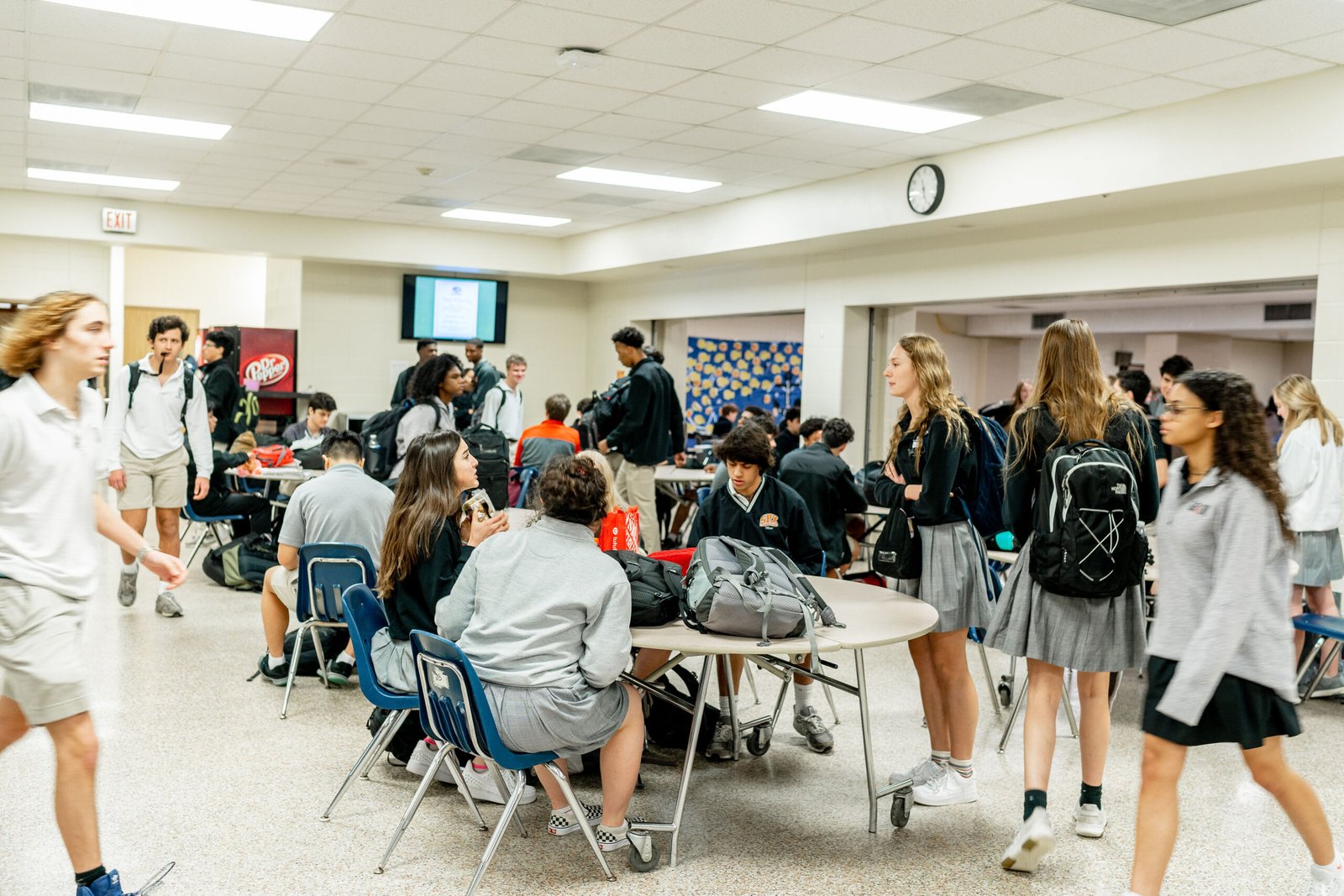A Closer Look at the High School Student Population in the USA
The United States is a melting pot of cultures, and this diversity is reflected in its high school student population. According to the National Center for Education Statistics, the racial and ethnic composition of high school students has been steadily changing over the years. In 2018, 52% of high school students were white, 25% were Hispanic, 16% were black, and 5% were Asian. This diversity brings a richness to the high school experience, as students from different backgrounds bring unique perspectives and experiences to the classroom.
In addition to racial and ethnic diversity, high school students in the USA also come from a wide range of socioeconomic backgrounds. Some students come from affluent families with access to resources and opportunities, while others come from low-income households and face significant challenges. This diversity in socioeconomic status can have a profound impact on the educational experiences and outcomes of high school students. Understanding and embracing this diversity is essential for creating an inclusive and equitable learning environment for all students.
Trends in High School Enrollment and Graduation Rates
Over the past few decades, there have been significant shifts in high school enrollment and graduation rates in the USAccording to the National Center for Education Statistics, high school enrollment has been on the rise, with an estimated 15.3 million students enrolled in public high schools in 2018. This increase in enrollment can be attributed to factors such as population growth and changes in educational policies and practices.
At the same time, graduation rates have also been on the rise, with the national graduation rate reaching an all-time high of 85% in 2018. This trend is encouraging, as it indicates that more students are successfully completing their high school education and preparing for their future endeavors. However, it is important to note that there are still disparities in graduation rates among different demographic groups, with some students facing greater barriers to completing their high school education.
The Impact of Socioeconomic Factors on High School Student Population
Socioeconomic factors play a significant role in shaping the high school student population in the USStudents from low-income households often face a range of challenges that can impact their educational experiences and outcomes. These challenges may include limited access to resources such as books, technology, and extracurricular activities, as well as higher rates of mobility and instability. As a result, students from low-income backgrounds may be at a disadvantage compared to their more affluent peers.
Furthermore, socioeconomic factors can also influence the types of high schools that students attend. Students from higher-income families may have access to private or specialized schools that offer unique opportunities and resources, while students from lower-income families may be limited to attending under-resourced public schools. These disparities in educational opportunities can contribute to inequities in the high school student population and impact students’ long-term success.
Understanding the Demographics of High School Students
In order to effectively support and educate high school students in the USA, it is essential to have a deep understanding of their demographics. This includes not only racial and ethnic diversity, but also factors such as gender, language proficiency, and disability status. For example, according to the National Center for Education Statistics, in 2018, 51% of high school students were male and 49% were female. Additionally, 9% of high school students were English language learners, and 13% had a disability.
Understanding these demographics is crucial for developing targeted strategies and interventions to meet the diverse needs of high school students. For example, educators may need to provide additional support for English language learners or implement accommodations for students with disabilities. By recognizing and addressing the unique characteristics of the high school student population, educators can create a more inclusive and supportive learning environment for all students.
The Role of Technology in High School Education
Technology has become an integral part of high school education in the USA, transforming the way students learn and interact with information. In recent years, there has been a significant increase in the use of technology in classrooms, with many schools incorporating devices such as laptops, tablets, and interactive whiteboards into their instructional practices. Additionally, technology has opened up new opportunities for online learning, allowing students to access educational resources and coursework from anywhere with an internet connection.
The integration of technology in high school education has the potential to enhance student engagement, facilitate personalized learning experiences, and prepare students for success in a digital world. However, it is important to recognize that not all students have equal access to technology outside of school. The “digital divide” refers to disparities in access to technology and internet connectivity based on factors such as income level and geographic location. Addressing these inequities is essential for ensuring that all students have the opportunity to benefit from technology in their education.
Challenges Faced by High School Students in the USA
High school students in the USA face a wide range of challenges that can impact their academic success and well-being. These challenges may include academic pressure, social and emotional stressors, mental health issues, and exposure to violence or trauma. According to a report by the American Psychological Association, nearly one-third of teenagers in the USA report feeling overwhelmed by stress during the school year.
In addition to these internal challenges, external factors such as family dynamics, peer relationships, and community influences can also impact high school students’ experiences. For example, students from low-income households may face financial instability or lack access to basic needs such as food and housing. Furthermore, students from marginalized communities may experience discrimination or prejudice that affects their sense of belonging and safety at school. Addressing these challenges requires a comprehensive approach that considers both individual and systemic factors impacting high school students.
The Future of High School Education in the USA
As we look towards the future of high school education in the USA, it is important to consider how we can continue to support and empower all students to thrive. This includes addressing disparities in educational opportunities and outcomes, promoting equity and inclusion, and preparing students for success in an ever-changing world. One key area of focus is personalized learning, which involves tailoring instruction to meet individual student needs and interests. By embracing personalized learning approaches, educators can better support diverse learners and foster a love for learning.
Read Also: How Many Foreign High School Students Call the USA Home
The future of high school education will likely continue to be shaped by advancements in technology. As digital tools and resources become increasingly integrated into educational practices, it will be important to ensure that all students have equitable access to technology and digital literacy skills. Additionally, there is growing recognition of the importance of social-emotional learning in high school education, as educators seek to support students’ holistic development and well-being.
Conclusion
The diversity of high school students in the USA presents both opportunities and challenges for educators and policymakers. By understanding and embracing this diversity, addressing disparities in educational opportunities, and preparing students for success in a rapidly changing world, we can work towards creating a more equitable and inclusive high school education system for all students.







